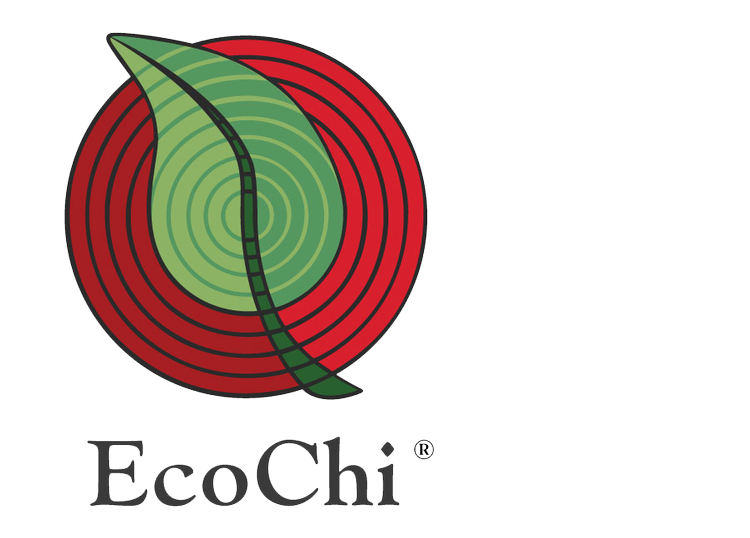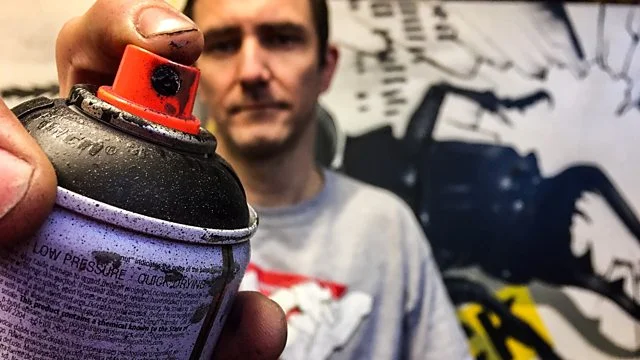Storing Data In DNA
POSTED ON FEBRUARY 19, 2019, BY BBC CLICK
13 million text messages, 4 million Youtube videos, 4 million Google searches, 97,000 hours of Netflix video. That is the kind of data to the fly across the internet in 2018. Sorry…every single minute of 2018. There are currently 2 ½ exabytes of data created every day. Every new message and transaction, message, and video has to be stored somewhere. And that's why data centers crammed with hard drives and processes are starting to take a serious look at electricity consumption. There is another problem in the way that we store things in the long-term. I have a bunch of songs that are my favorites from the 80s that are stored on tape and cassette formats. The problem is, I don't have anything to play them on anymore. So, who's to say that our current crop of storage devices will be compatible with tomorrow's technology? But scientists believe there is at least one format which solves both problems. It can die and we will always have the ability to read it. I give you DNA. It's a single molecule that stores all the information needed to make us. In his studio artist Han Davies is creating a unique work that is much, much more than meets the eye. His artwork is the album cover of a very popular and influential mezzanine album by Massive Attack. To celebrate its 20th anniversary the band agrees to have this music in coded in DNA. And then added to settled spray paint cans. It means that the artist’s painting will hold thousands of copies of the album. How much does this cost? 15,000 megabytes, about $1000 a megabyte. That's about $15,000. It's a lot, but you only have to do that once and then you can make an enormous amount of copies of it. One key advantage of DNA I think over all storage technologies we have is essentially for free, you can make billions of copies. This is because there's an enzyme we have in our body and from its biology, it copies DNA. It's not only the first album cover artwork to actually include the album, but a painting this size could store enough data to hold every album, picture, photo, book and recording, audio and film, ever created in the history of mankind. So how can we read the information? This machine takes 17 hours to do it. It's come down from about a week, but still, imagine pressing Play and waiting that long. So, we may be several years away from DNA being practical for storage. But at least it will hang around for thousands of years and in a format we will always recognize. when we see it or hear it.
Copyright © 2019 EcoChi, LLC. All rights reserved.




